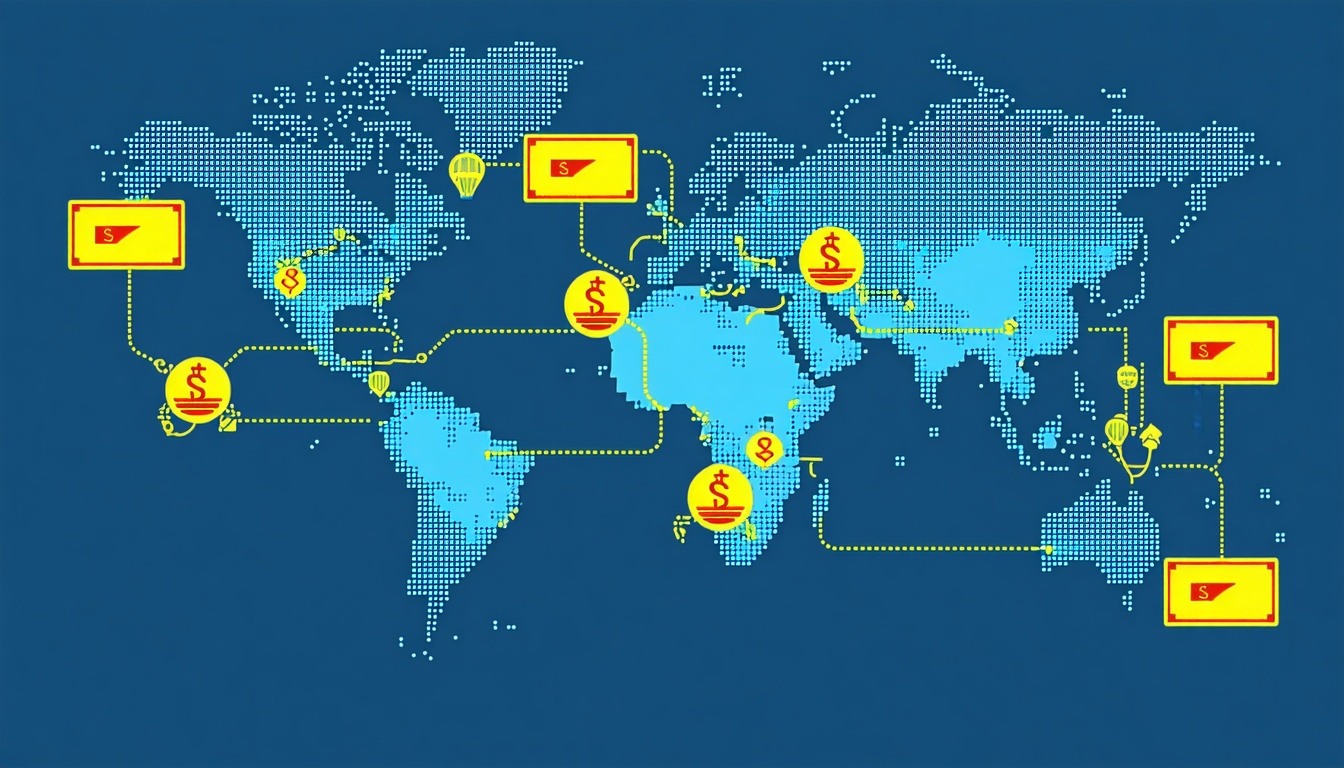Understanding Trump's Tariffs and Their Economic Impact

Discover the far-reaching effects of Trump's tariffs on the global economy and their implications for investors.
The Genesis of Trump's Tariffs: A Brief Overview
The tariffs implemented by the Trump administration were part of a broader strategy aimed at reducing the U.S. trade deficit and protecting domestic industries from foreign competition. Beginning in 2018, a range of tariffs were introduced on goods from key trading partners, including China, the European Union, and Canada.
The rationale behind these tariffs was to incentivize companies to relocate manufacturing back to the United States, thereby boosting local employment and economic growth. However, these measures also sparked significant controversy and led to a series of retaliatory tariffs from affected countries.
How Tariffs Disrupt Global Trade Dynamics
Tariffs fundamentally alter the landscape of global trade by increasing the cost of imported goods. This often leads to a ripple effect, where countries affected by tariffs impose their own countermeasures, thereby escalating trade tensions.
For businesses, tariffs can result in higher production costs and disrupted supply chains, forcing some companies to seek alternative suppliers or markets. Consumers also feel the impact, as the increased costs are often passed down in the form of higher prices on goods and services.
Economic Winners and Losers of the Tariff Policies
Certain sectors of the U.S. economy have benefited from the tariffs, particularly those industries that faced stiff competition from foreign imports. For example, the steel and aluminum industries experienced a boost as tariffs made imports more expensive, leading to increased demand for domestically-produced metals.
On the other hand, industries reliant on imported raw materials, such as the automotive and electronics sectors, faced higher costs and supply chain disruptions. Farmers also suffered, especially those exporting goods to countries that imposed retaliatory tariffs on American agricultural products.
Impact on the Financial Markets: What Investors Should Watch
Financial markets tend to react strongly to changes in trade policy. The introduction of tariffs can lead to increased volatility as investors adjust their portfolios in response to new risks and opportunities.
Investors should closely monitor sectors most affected by tariffs, such as manufacturing and agriculture, as well as keep an eye on broader economic indicators like consumer prices and GDP growth. Diversifying investments and staying informed about ongoing trade negotiations can help mitigate risks associated with tariff policies.
Future Outlook: The Long-Term Implications of Tariffs
In the long term, tariffs could lead to a restructuring of global trade relationships. Companies may shift production to countries not affected by tariffs, potentially leading to new trade alliances and economic partnerships.
However, prolonged trade tensions could also result in sustained higher costs for businesses and consumers, potentially dampening economic growth. Investors should be prepared for a range of scenarios and consider the potential long-term impacts of tariffs on global trade and economic stability.